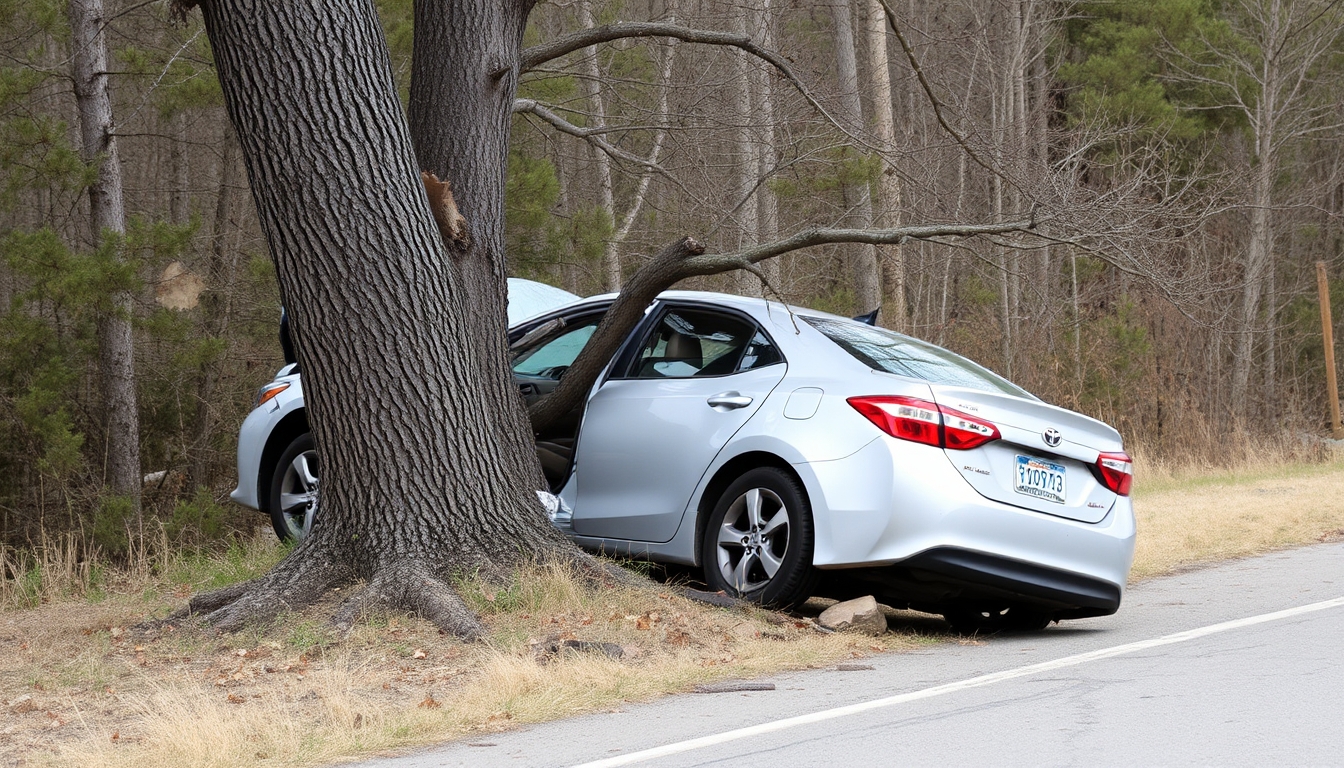Introduction
In the last decade, rideshare services have revolutionized transportation in urban areas across the globe. From Uber to Lyft, these platforms have not only changed the way we get from point A to B but have also sparked discussions about their impact on traffic safety. As these services grow, so do concerns regarding road safety, insurance issues, and the potential for increased traffic congestion. In this article, we will explore The Growth of Rideshare Services and Their Impact on Traffic Safety from several angles: economic implications, statistical insights, user behavior, and regulatory frameworks.
The Growth of Rideshare Services and Their Impact on Traffic Safety
Ridesharing services have seen explosive growth since their inception. According to a report by Statista, in 2022 alone, the global ridesharing market was valued at approximately $61 billion and is projected to continue expanding at a compound annual growth rate (CAGR) of over 20%. This rapid expansion raises questions about how such growth affects traffic safety.
A Brief History of Ridesharing Services
Ridesharing began as a simple concept: connecting passengers with drivers through an app. The first major player was Uber, which launched in San Francisco in 2010. It quickly gained traction, prompting other companies like Lyft to enter the market.

How Rideshare Services Work
Understanding how rideshare services function is essential for grasping their impact on traffic safety. Passengers request rides via mobile apps that connect them with nearby drivers who use their personal vehicles for service.
Key Features of Ridesharing Apps
- GPS Tracking: Provides real-time navigation. Rating Systems: Encourages accountability among drivers and passengers. Cashless Transactions: Simplifies payment processes.
User Demographics: Who Uses Rideshare Services?
Demographics play a crucial role in understanding rideshare usage. Studies show that millennials are the biggest users of these services. But what about older generations?
Age Groups Using Rideshare
- Ages 16-24: 30% Ages 25-34: 45% Ages 35-44: 15% Ages 45+: 10%
Impact on Urban Mobility
Ridesharing has made urban mobility more convenient but also complicated existing transportation networks. Are cities adapting?
Increasing Accessibility
- Residents without cars can access transportation easily. People with disabilities benefit from tailored services.
Traffic Congestion: A Double-edged Sword?
While rideshares reduce car ownership, they may increase overall vehicle trips in congested areas.
Statistics on Traffic Congestion
According to a study by the Transportation Research Board:
- Rideshares contribute to a 2% increase in overall traffic. Major cities see this effect more pronounced during peak hours.
Safety Concerns Surrounding Rideshare Services
While rideshare services offer convenience, they also present new safety concerns that must be addressed.
Accidents Involving Rideshare Vehicles
One of the most pressing issues is accidents involving rideshare vehicles. Are these incidents more or less frequent than traditional taxis?
Comparison with Taxis
A study published by the University of California found that:
- Ride-hailing services were involved in approximately twice as many accidents per mile compared to traditional taxis.
Driver Behavior and Training Issues
The lack of formal training for drivers can raise red flags regarding passenger safety.
Is There Adequate Training?
Many rideshare companies offer minimal training focused primarily on app usage rather than safe driving practices.
Passenger Safety Measures
How do rideshare companies ensure passenger safety?
Implementation of Safety Features
Companies are integrating features like:
- Emergency buttons In-app ride tracking Shareable trip details
Insurance Implications for Rideshare Drivers
Insurance plays a crucial role when discussing safety in rideshares. How are drivers covered?
Types of Insurance Policies Available
Drivers typically require different types of insurance based on their activities:
Personal Auto Insurance Commercial Auto Insurance Ridesharing-specific InsuranceChallenges Faced by Drivers
Many drivers face difficulties navigating the complex insurance landscape:
Common Problems
- Lack of clarity regarding coverage during non-riding periods. Increased premiums due to high-risk activities associated with driving for rideshare companies.
Regulatory Framework Surrounding Ridesharing Services
As ridesharing continues to grow, so does governmental scrutiny regarding its regulation.
Federal vs State Regulations
Different states have http://charliegrix018.huicopper.com/moseley-collins-law-your-trusted-partner-in-car-accident-recovery adopted varying regulations affecting how rideshares operate:
| State | Regulation Type | |-------|----------------| | California | Driver Background Checks | | New York | Minimum Fare Requirements | | Texas | Local Licensing Requirements |
Are Current Regulations Enough?
While some states have stringent regulations in place, others remain lax—raising questions about effectiveness.
Public Perception and Trust Issues
Public perception plays an integral role in shaping how people feel about using rideshare services.
Do Customers Trust Ridesharers?
Surveys indicate mixed feelings among users:
High trust due to rating systems Concerns over driver vetting processesFAQ Section
What makes ridesharing different from traditional taxi services?- The primary difference lies in the app-based platform that connects riders directly with drivers using personal vehicles rather than commercial fleets.
- While many riders report feeling safe using rideshares at any time, it’s important to exercise caution and choose well-lit pickup locations or share trip details with someone you trust.
- Use the emergency button within your app or contact local authorities if you feel threatened or unsafe during your journey.
- Most drivers need personal auto insurance supplemented by either commercial policies or specific coverage designed for ride-hailing activities due to gaps during certain driving phases.
- Most major companies conduct extensive background checks involving criminal history reviews and driving record assessments before approving drivers for service.
- Yes! While sharing trip details enhances safety for many users, it’s ultimately up to each individual whether they want to disclose this information or not.
Conclusion
In summary, as we delve into "The Growth of Rideshare Services and Their Impact on Traffic Safety," it's clear that while these platforms bring numerous conveniences to our daily lives—such as increased accessibility and affordability—they also present challenges related to traffic congestion and safety concerns that cannot be overlooked. The evolution of guidelines surrounding insurance policies alongside public perceptions will undoubtedly shape how this industry tackles those hurdles going forward. Understanding this complex relationship between growth and safety will help enhance not only user experiences but also foster safer communities as we embrace this transformative mode of transportation together!